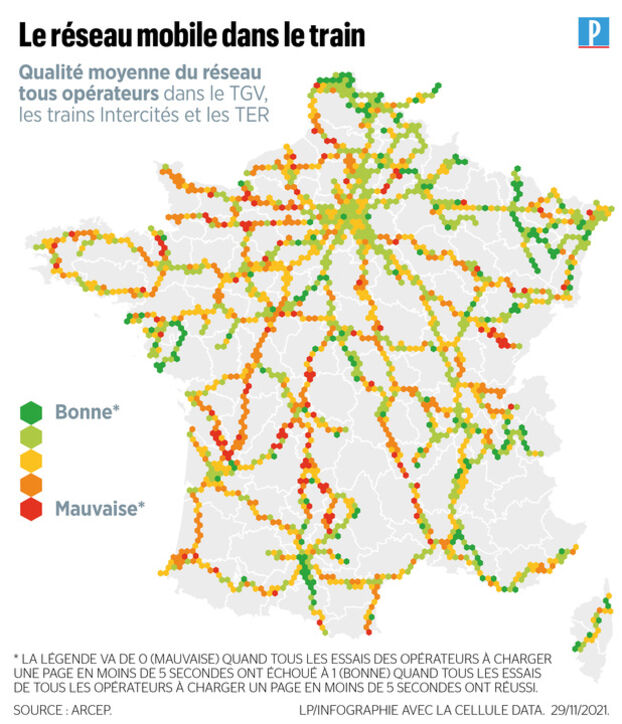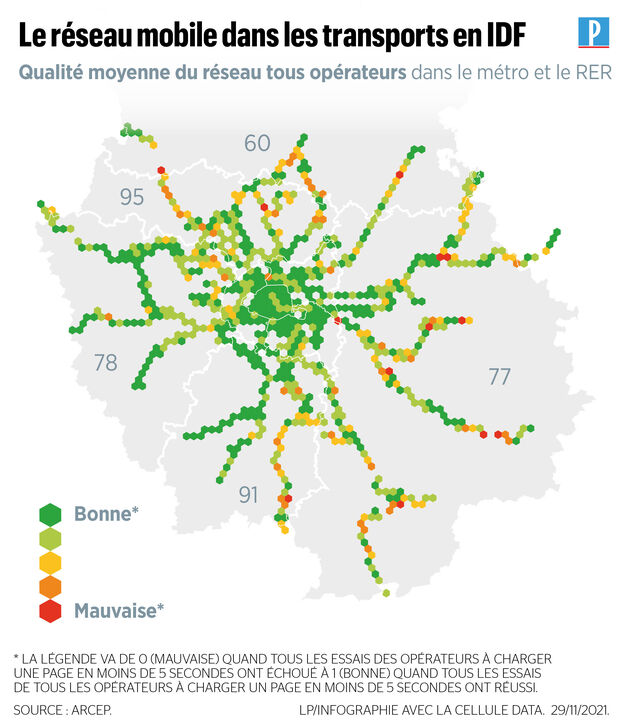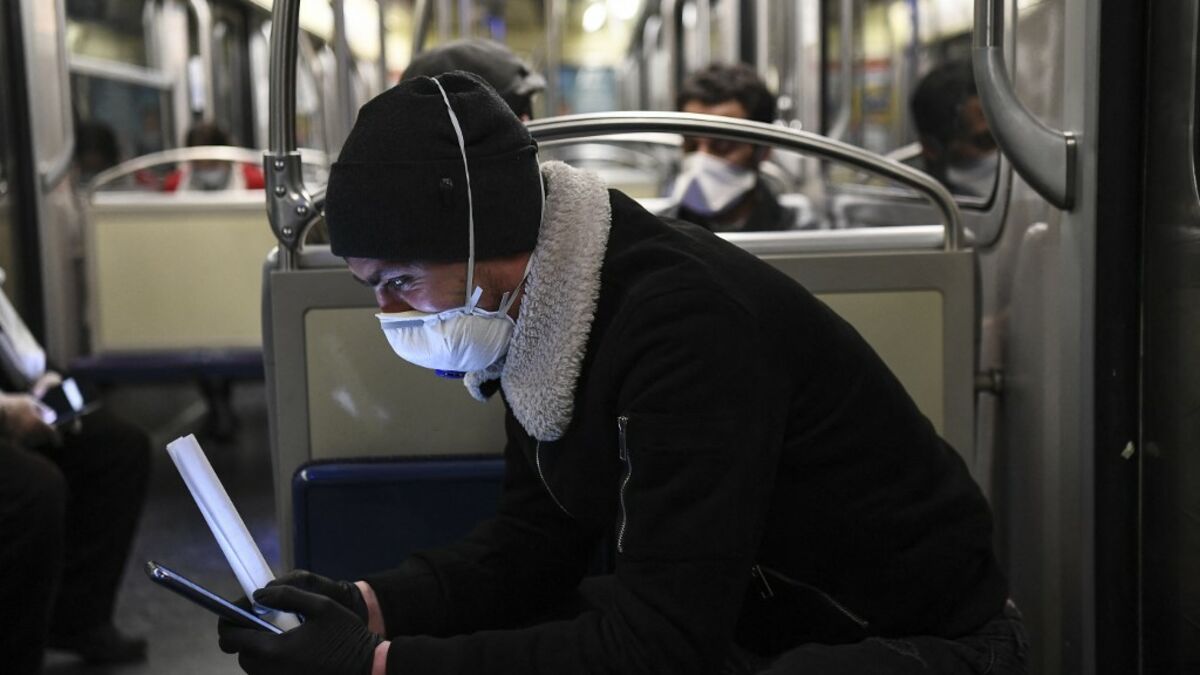It’s not just about cutting the signal in tunnels. While the overall quality of service of telecom networks increased in core cities and rural areas in 2021 – thanks to the commissioning of new relay antenna sites – not all operators made the same progress in transportation and on major roads.
In the 22nd edition of its annual survey enriched with one million measurements, Arcep, the gendarmerie of communications, distributed its report cards on the quality of 2G, 3G and 4G networks by focusing on transport hubs where good communication can be essential in everyday life.
Arcep measured the quality of voice calls by taking into account the “maintained call rate of two minutes and the rate of the call of two minutes without audio disturbances” during tests conducted with two SIM cards from the same operator. For mobile internet, especially in 4G, the regulator compares competitors based on the rate of web pages being loaded in an area in less than 10 seconds but also in less than 5 seconds.
Orange dominates the trains
On the main roads, that is, all motorways and about two dozen secondary roads, 93% of calls made to Orange are not affected in any way compared to 91% for Bouygues Telecom, 88% for SFR and 84% for free mobile. The differences are much narrower in Internet connections: the web page is displayed in less than 10 seconds in Orange in 97% of cases, followed by Bouygues Telecom (95%), SFR (94%) and then Free Mobile (93%).
In the TGV, the current operator Orange made good progress on voice calls with 79% of calls held for 2 minutes, a lead of 13 points over Bouygues Telecom, 15 over SFR and 16 over Free Mobile.

Users often scoff at being online on trains, but this remains national data, and it is clear that the experience of each can vary and be frustrating. On board TGVs, Orange 4G and its network of relay antennas along the rails appear to make a difference of 85% of web pages displayed in less than 10 seconds, a year-over-year increase of 4 points. Bouygues Telecom, Free Mobile (72%), and SFR trail behind (71%).
The difference in mobile network quality is less noticeable in the Intercités and the 50 TER lines analyzed. As for calls, Orange is still in the lead with 72% of calls held for two minutes. Bouygues Telecom and Free (65%) are no different and SFR is still behind (64%). On the mobile internet, former France Telecom maintains good “stats” with 83% of web pages viewed in less than 10 seconds versus 76% in Bouygues, 74% in Free and 73% for SFR.

The study also looked at local public transport, particularly in the Paris region of the RER and Transiliens. Bouygues Telecom and Orange are neck and neck (90%) on continuous calls and the SFR (85%) exceeds the free range by a small point. For consultation with social networks and applications on the Internet, Orange (95%) expands a minimum gap of 6 points over other operators: Bouygues Telecom (89%), SFR (88%) and Free Mobile (87%).
Finally, Arcep sent its specialists to the metros of Lille, Paris, Lyon and even Rennes. The differences between the operators are small in calls and the Internet.

Orange shows 89% of maintained calls, SFR (87%), Bouygues Telecom (86%) and Free Mobile complete the picture with 85%. For 4G and indoor mobile broadband, Orange and Bouygues offer the best rate with 95% of pages rendering at 100m Olympic speed. But they are followed by SFR (94%) and Free Mobile (92%).

“Devoted gamer. Webaholic. Infuriatingly humble social media trailblazer. Lifelong internet expert.”





